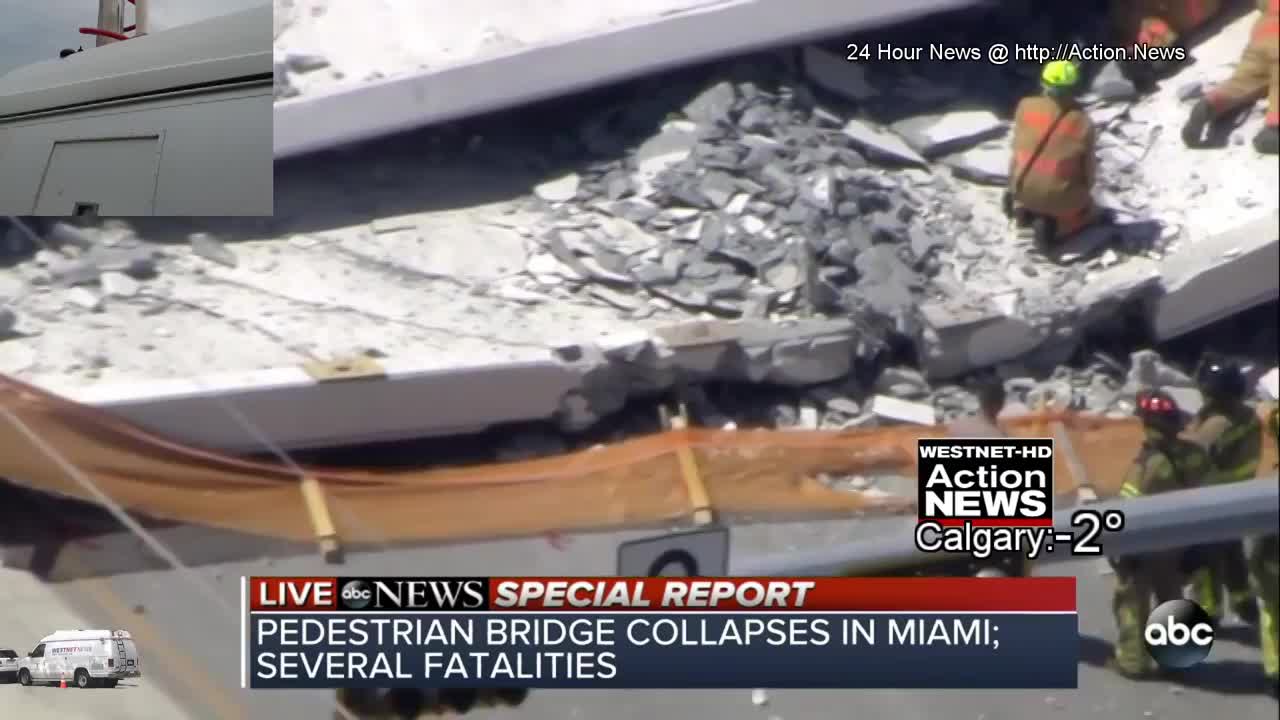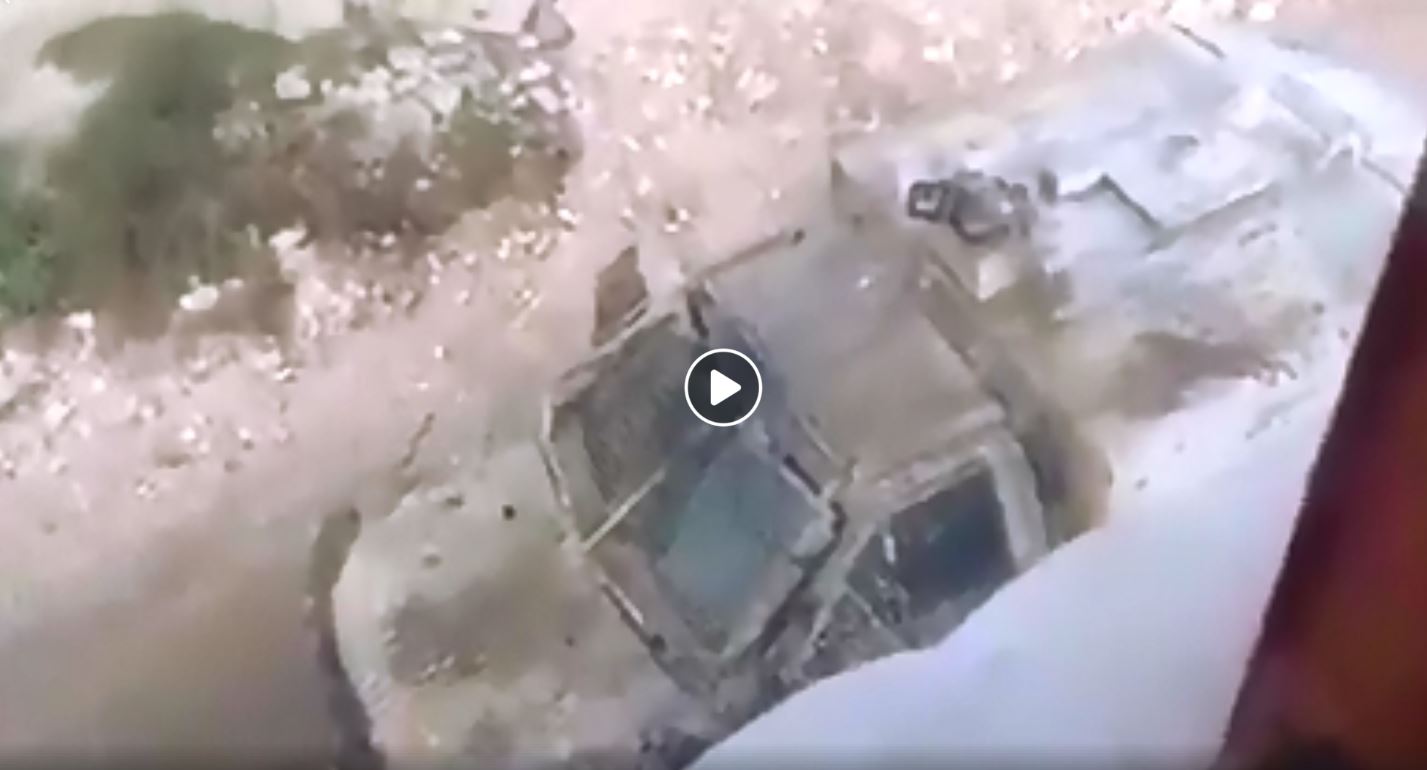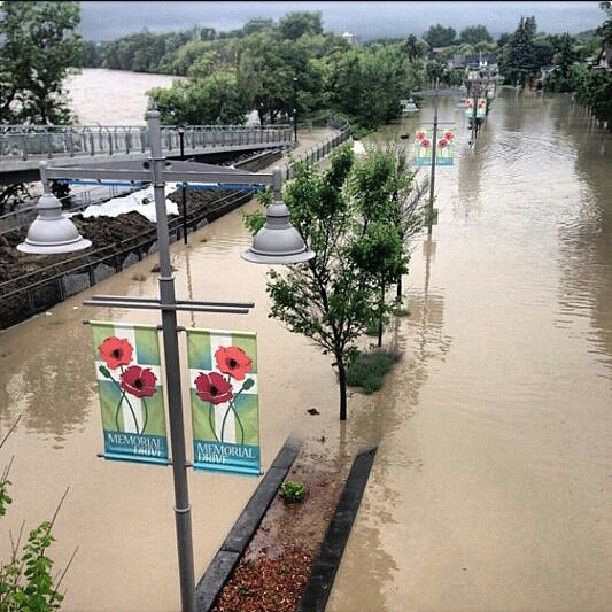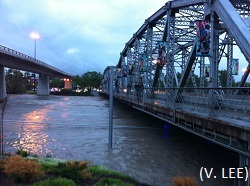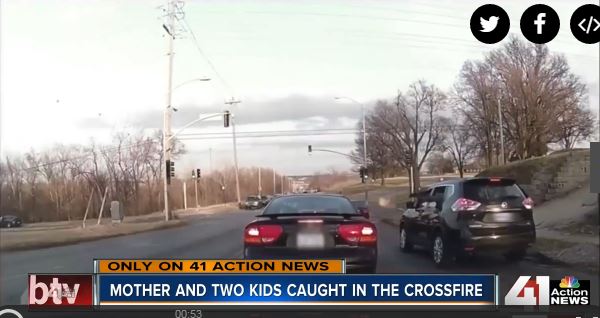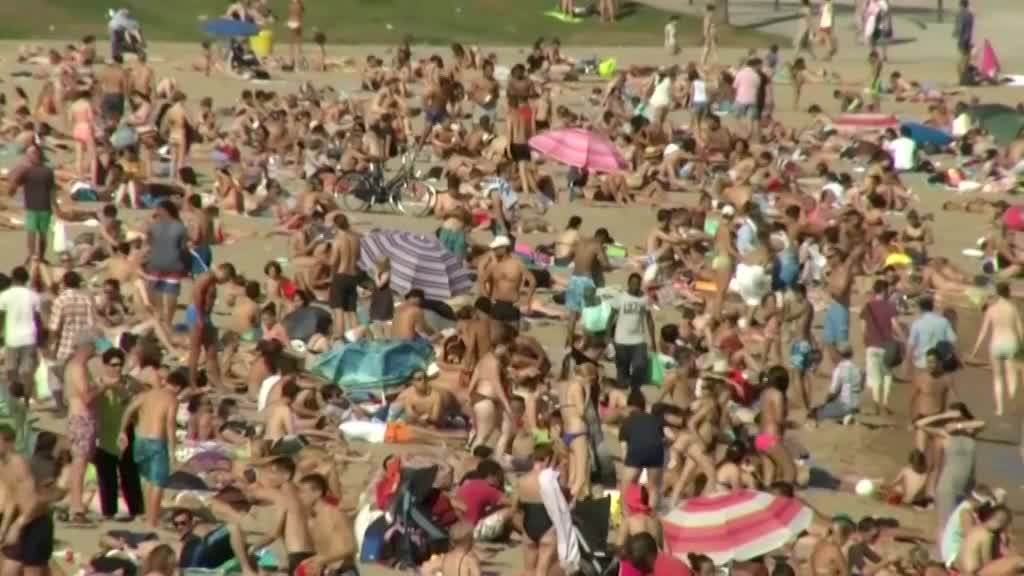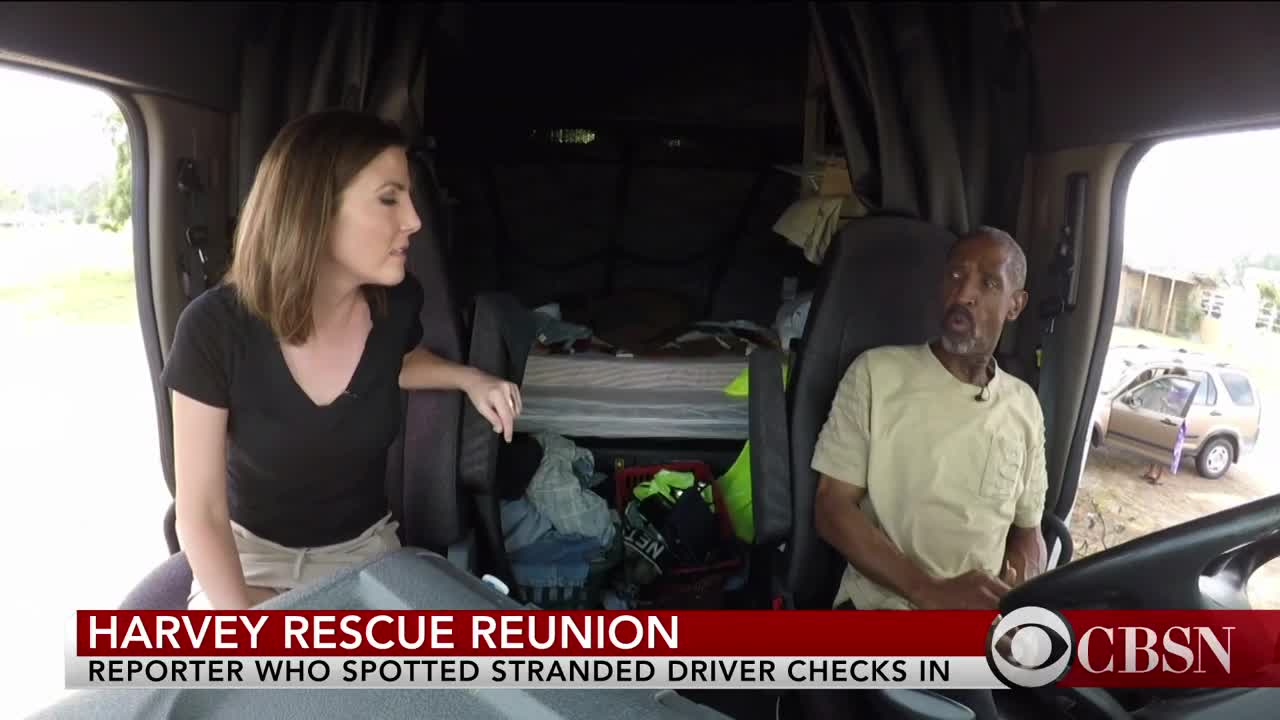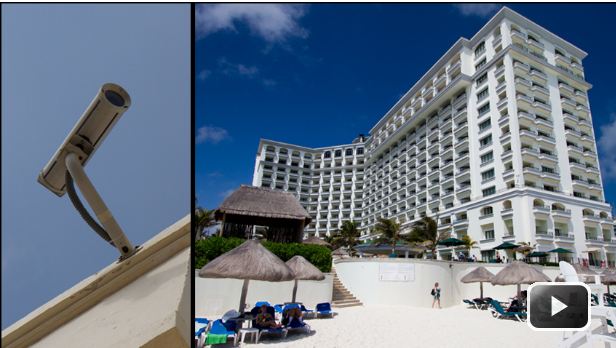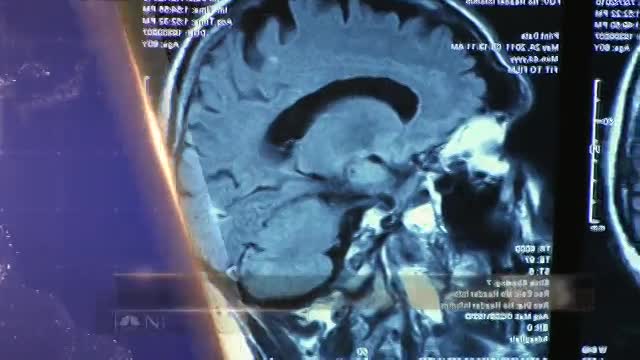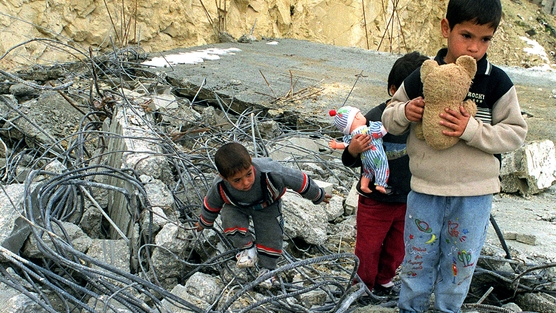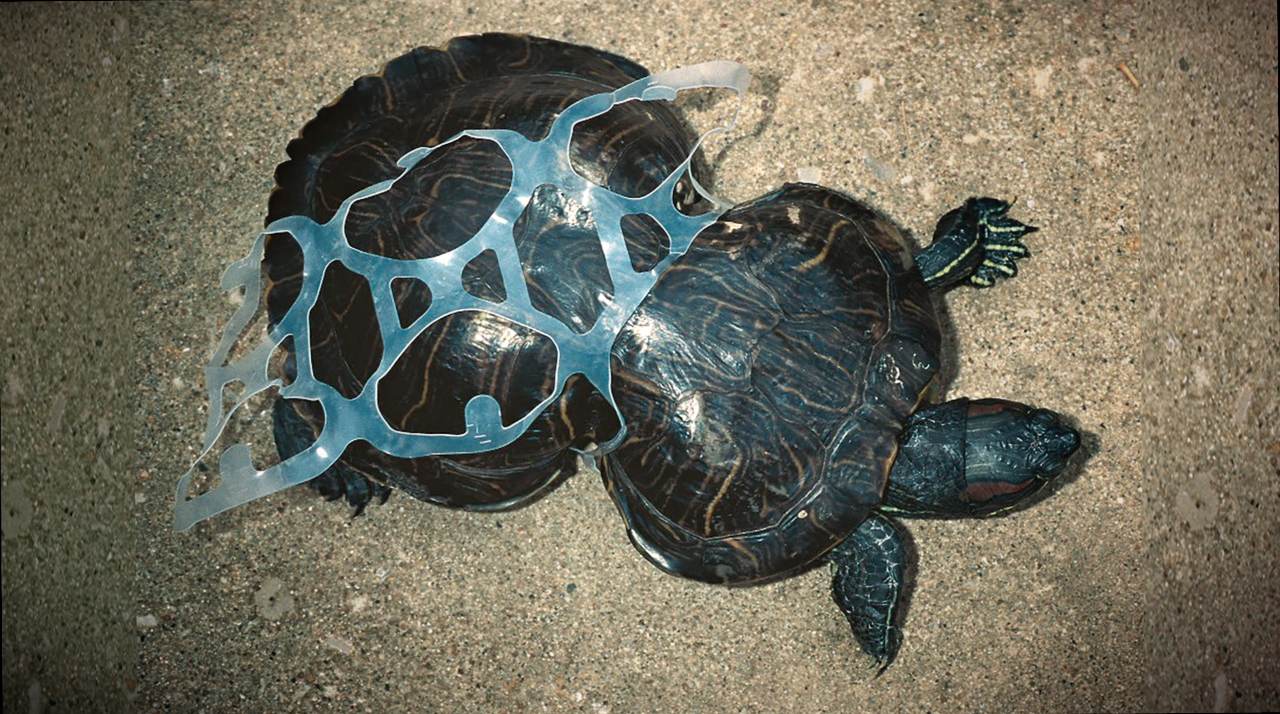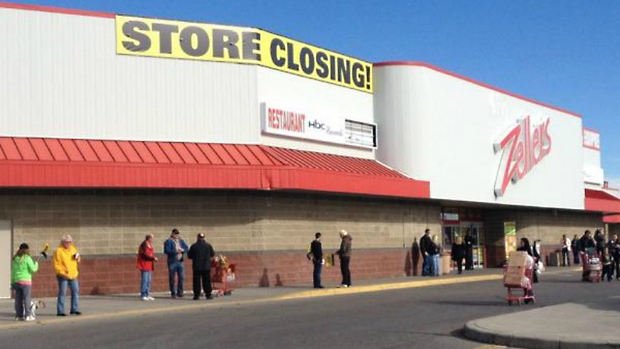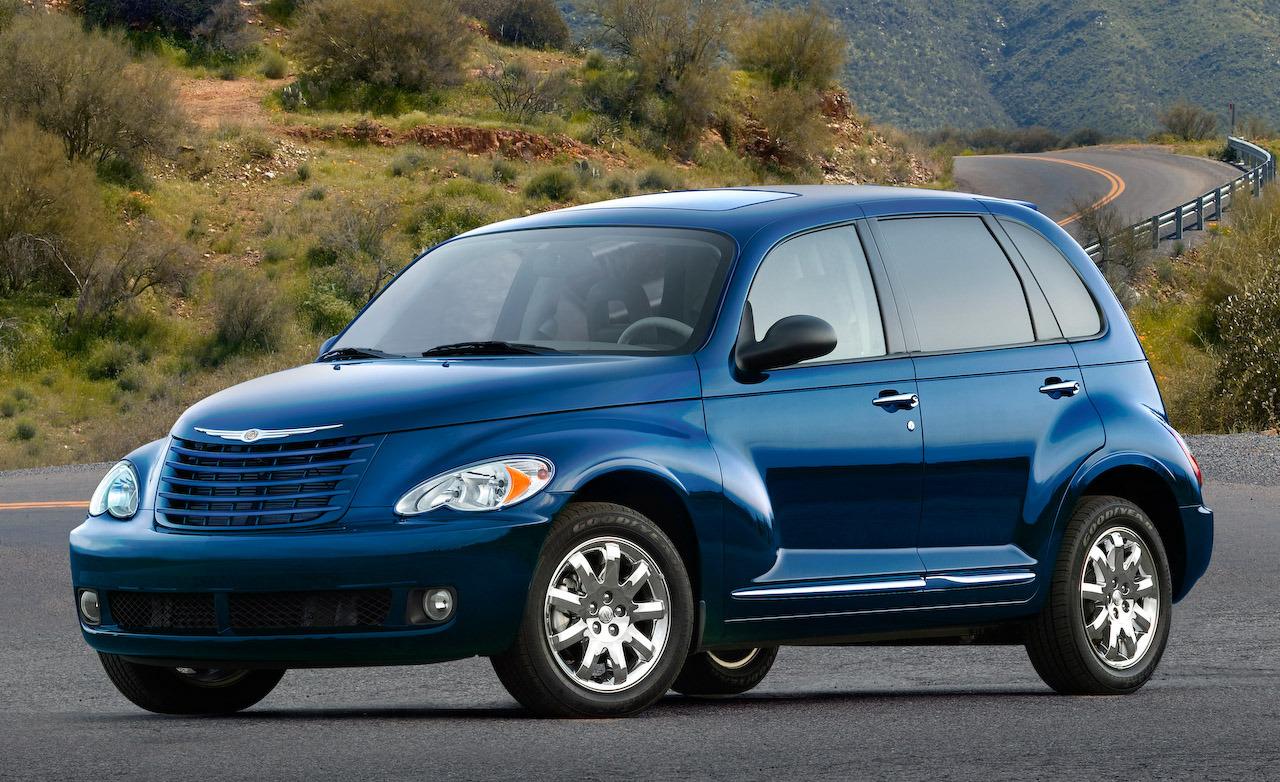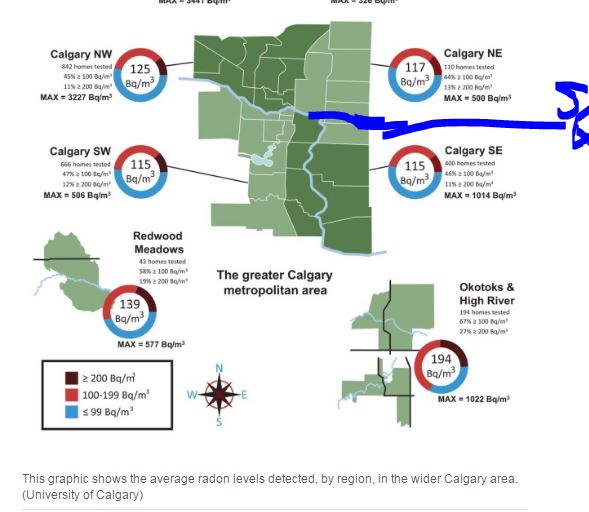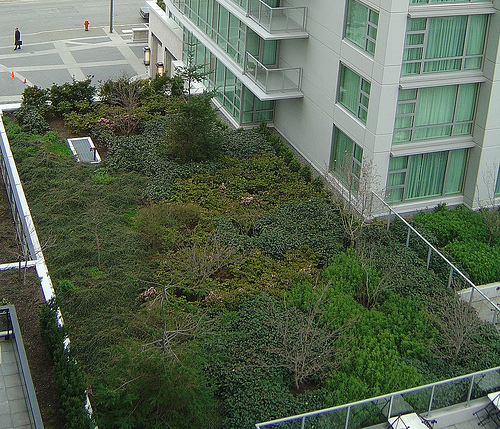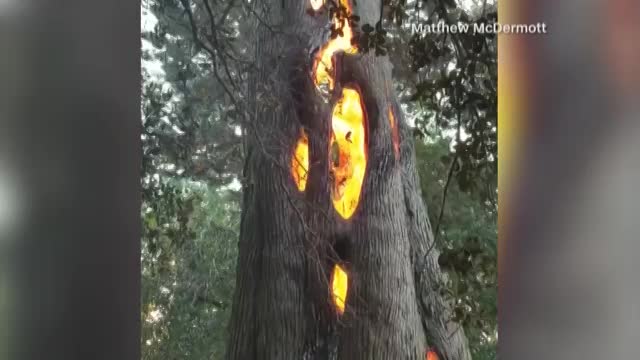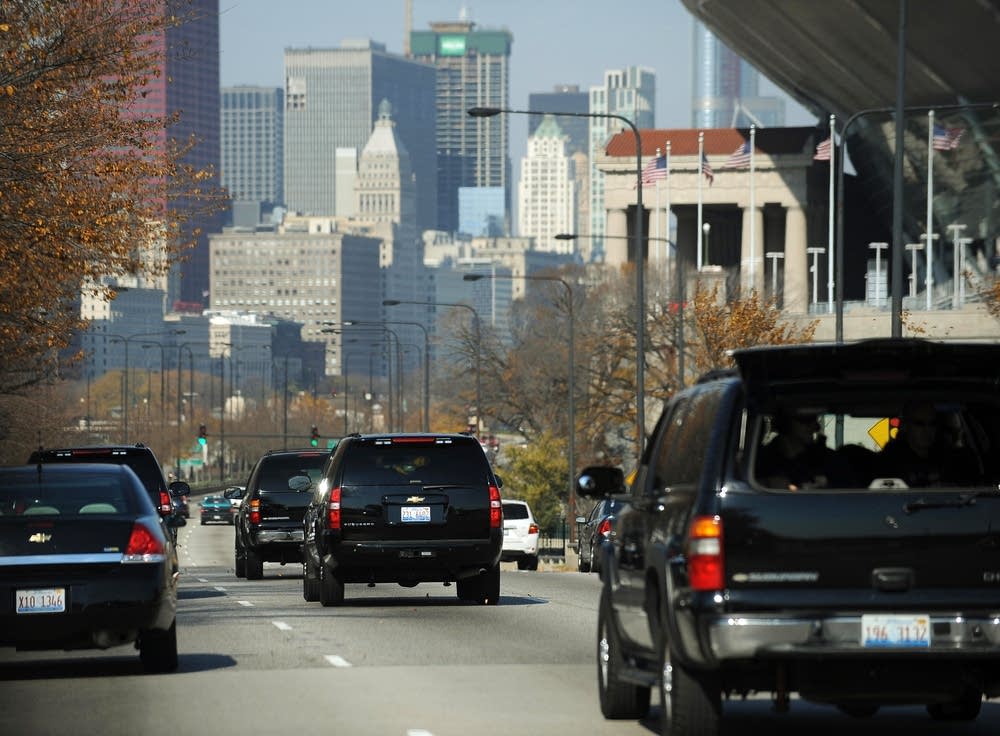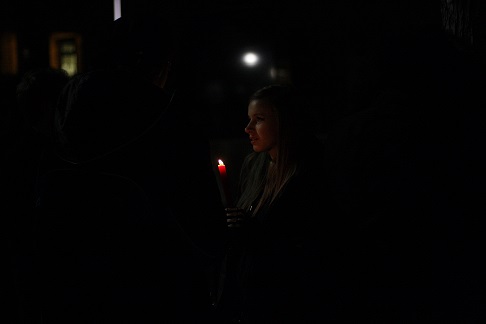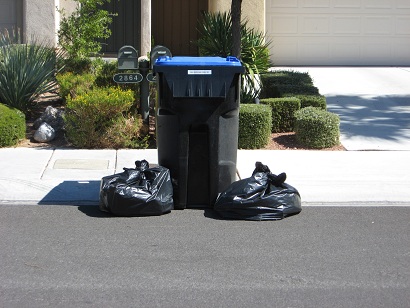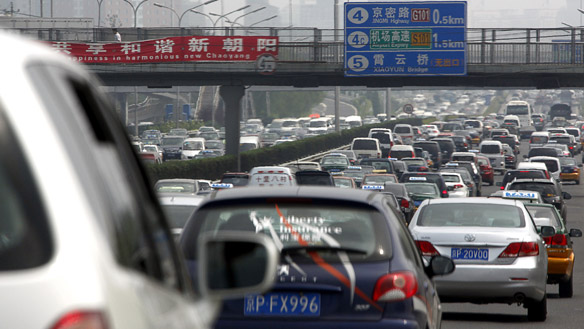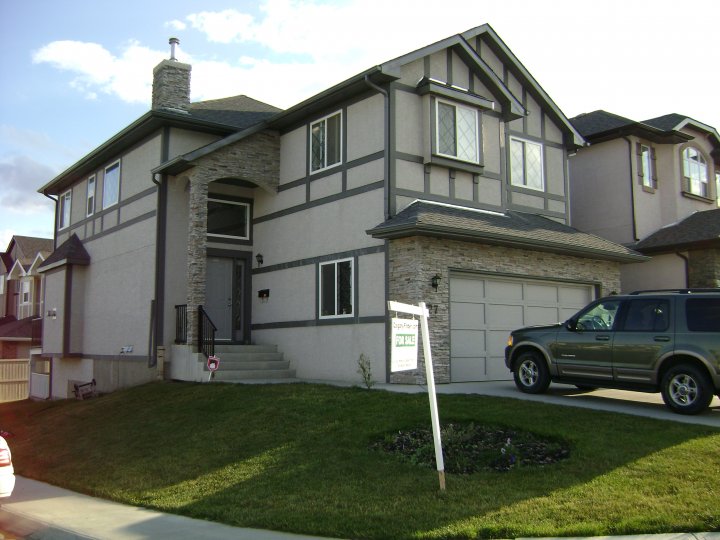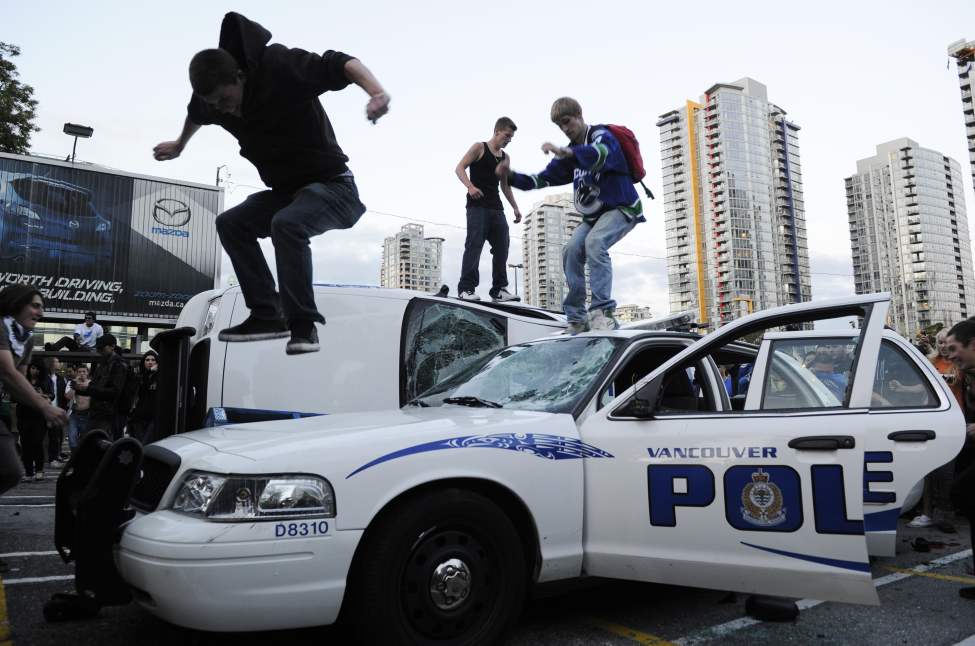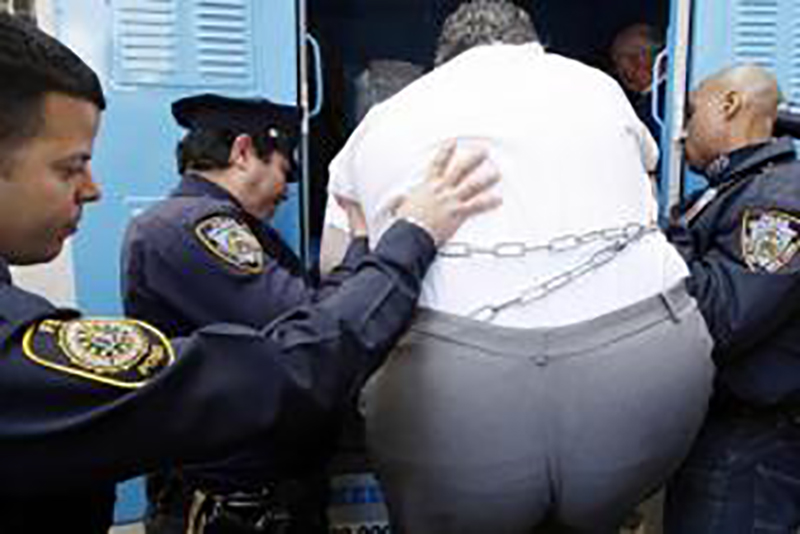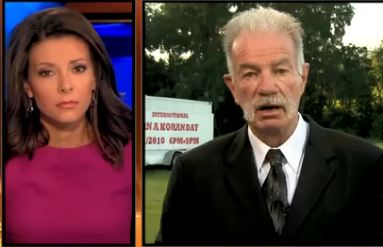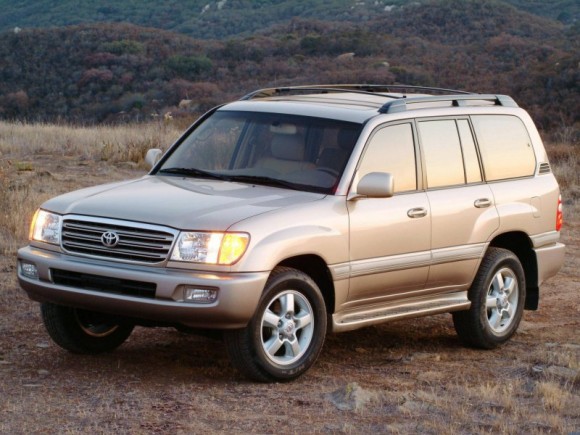WASHINGTON President Donald Trump signed an executive order Friday that bans Syrians from taking refuge in the United States, halts the U.S. refugee resettlement program for four months and temporarily blocks people from a handful of unnamed countries from entering the U.S. at all.
“I am establishing new vetting measures to keep radical Islamic terrorists out of the United States of America. We don’t want them here,” he said at a swearing-in ceremony at the Pentagon for Secretary of Defense James Mattis. “We don’t want to admit into our country the very threats we are fighting overseas.”
Trump approved the refugee ban amid the biggest refugee crisis in history and on Holocaust Remembrance Day, which honors the millions of people killed during World War II , many of whom tried to flee to the U.S. but were turned away .
It’s not the blanket ban on Muslims that Trump advocated for during his campaign, and it does not single out any country by name other than Syria for its refugees.
But Trump did say earlier in the day that he would prioritize helping Syrian Christians . He also mentioned “radical Islamic terrorists” while signing it. And in the text, it carves out an exception for admitting refugees who are religious minorities even while nearly all others will be barred for 120 days.
Here’s what the order will do, with immediate effect:
Block refugee admissions from the war-torn country of Syria indefinitely.
Suspend refugee admissions from all countries for 120 days. During that period, the government can accept refugees on a case-by-case basis, but only in the following scenarios: if they are a religious minority facing religious persecution, if the U.S. must admit the person to meet an international agreement, or if they are already in transit and denying admission would cause undue hardship. After that period, the U.S. will only accept refugees from countries jointly approved by the Department of Homeland Security, the State Department and the Director of National Intelligence.
Cap total refugee admissions for fiscal year 2017 at 50,000 less than half of the 110,000 proposed by the Obama administration.
Ban for 90 days all “immigrant and nonimmigrant” entry of individuals from countries referred to in section 217(a)(12) of the INA, 8 U.S.C. 1187(a)(12).
Suspend visa issuance to countries of “particular concern.” After 60 days, DHS, the State Department and DNI are instructed to draft a list of countries that don’t comply with requests for information. Foreign nationals from those countries will be banned from entering the U.S.
Expedite the completion of a biometric entry-exit tracking system for all visitors to the U.S. and require in-person interviews for all individuals seeking a nonimmigrant visa.
Suspend the visa interview waiver program indefinitely and review whether existing reciprocity agreements are reciprocal in practice.
The executive order, one of many during Trump’s first week in office, is a radical departure from President Barack Obama’s efforts to admit more refugees and improve relationships with Muslims.
The State Department is working to implement the executive order’s changes immediately, spokesman Mark Toner said in a statement. He said the agency will announce changes affecting travelers as soon as possible.
The new policies are expected to affect tens of thousands of people: refugees preparing to come to the U.S. ; foreign nationals, immigrants and would-be visitors from designated countries; and Americans whose families will now be unable to visit.
Trump’s executive action, a draft of which The Huffington Post obtained earlier this week , fulfills his campaign promise to bar Syrian refugees and partially fulfills his vow to temporarily ban Muslims from the U.S. — a promise he later amended to apply only to people from certain Muslim-majority countries.
During his run for president, Trump repeatedly suggested that Syrian refugees and Muslim immigrants are likely terrorists. There is no proven link between refugees and terrorism. Nearly 800,000 refugees have come to the U.S. since Sept. 11, 2001, but fewer than 20 have been arrested on terrorism charges during that time, according to the State Department .
Advocates for civil rights, religious liberty, refugees and immigrants decried Trump’s decision as unjust, unnecessary and even harmful .
“If terrorism and economic development are indeed related, more migration decreases the opportunity for terrorism,” Vincenzo Bove, an associate professor of politics at the University of Warwick in Britain and the lead author of a 2016 University of Chicago study that found no link between refugees and terror, said in The Washington Post last year.
Half of all terrorist attacks carried out in the U.S. since 9/11 were committed by people born in the U.S. , according to a 2015 New York Times analysis.
Halting immigration from the designated countries “does nothing but plays in the hands of our enemies, it does not strengthen our security,” Khizr Khan, a Trump critic and the father of a Muslim-American soldier killed in Iraq, said on a call with reporters Friday.
The order may also endanger U.S. national security interests , experts said, by imperiling strategic alliances in the Middle East and possibly even playing into the hands of militant organizations like the so-called Islamic State.
The order may be “a gift to ISIS,” former Secretary of State Madeleine Albright said Thursday. “I have no doubt that they will use this order as propaganda” to support their anti-Western rhetoric.
A total of 65 million people are displaced worldwide, about 21 million of whom are refugees, according to U.N. data, a number that hasn’t been seen since World War II.
The Syrian conflict alone has created more than 4.8 million refugees , most of whom are still stuck in neighboring countries like Jordan, Lebanon and Turkey. An additional 6.6 million people are internally displaced.
The U.S. has long been the global leader in refugee resettlement, although more than 99 percent of refugees are never placed in other countries, according to UNHCR. Obama, heeding calls from many to take greater responsibility in light of the worsening crisis, raised resettlement quotas from 70,000 people in the 2015 fiscal year to 85,000 in 2016. He also pledged to award at least 10,000 of the 2016 slots for Syrians . Obama proposed admitting 110,000 refugees in the 2017 fiscal year; Trump’s order cuts that by more than half.
Trump’s refugee order isn’t entirely unprecedented. The U.S. suspended refugee resettlement for two months following the September 11 terrorist attacks . But since then the government increased its screening measures substantially.
Today, all refugees go through an extensive vetting process that typically lasts between 18 to 24 months, with additional screening for those from Syria and Iraq.
But many Republicans say that the screening is insufficient. After a terrorist attack in Paris in 2015, more than half of U.S. governors including Vice President Mike Pence , then governor of Indiana tried to block Syrian refugees from resettling in their states. Courts blocked states’ efforts to ban Syrian refugees because the power to set that immigration policy goes to the federal government.
Earlier in the day, Trump issued a statement on Holocaust Remembrance Day that spoke about “the victims, survivors, heroes of the Holocaust” without once naming who most of them were: Jews persecuted and discriminated against based on their religion.
“In the name of the perished, I pledge to do everything in my power throughout my Presidency, and my life, to ensure that the forces of evil never again defeat the powers of good,” Trump said. “Together, we will make love and tolerance prevalent throughout the world.”
How will Trump’s first 100 days impact you? Sign up for our weekly newsletter and get breaking updates on Trump’s presidency by messaging us here .
CORRECTION: An earlier version of this article included a bullet point about establishing safe zones in Syria as one of the clauses in the executive order. It was a point included in the draft obtained by HuffPost but was removed in the final version.
Our 2024 Coverage Needs You
Already contributed? Log in to hide these messages.



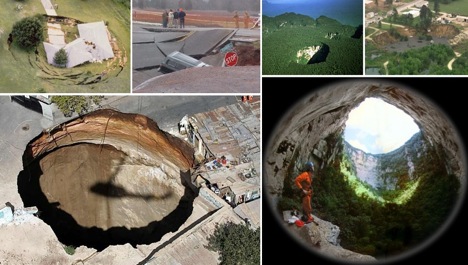

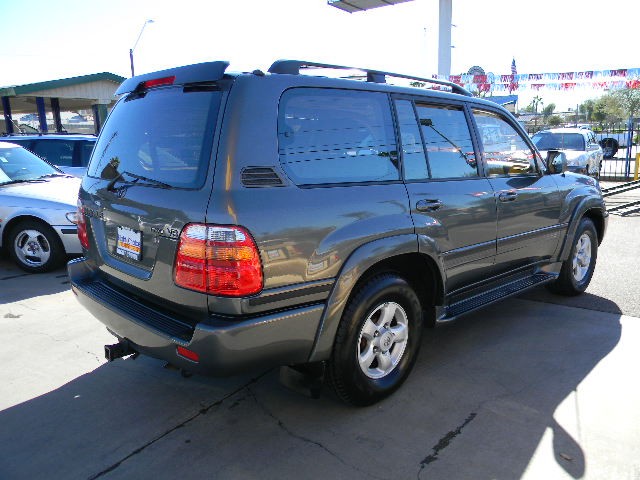


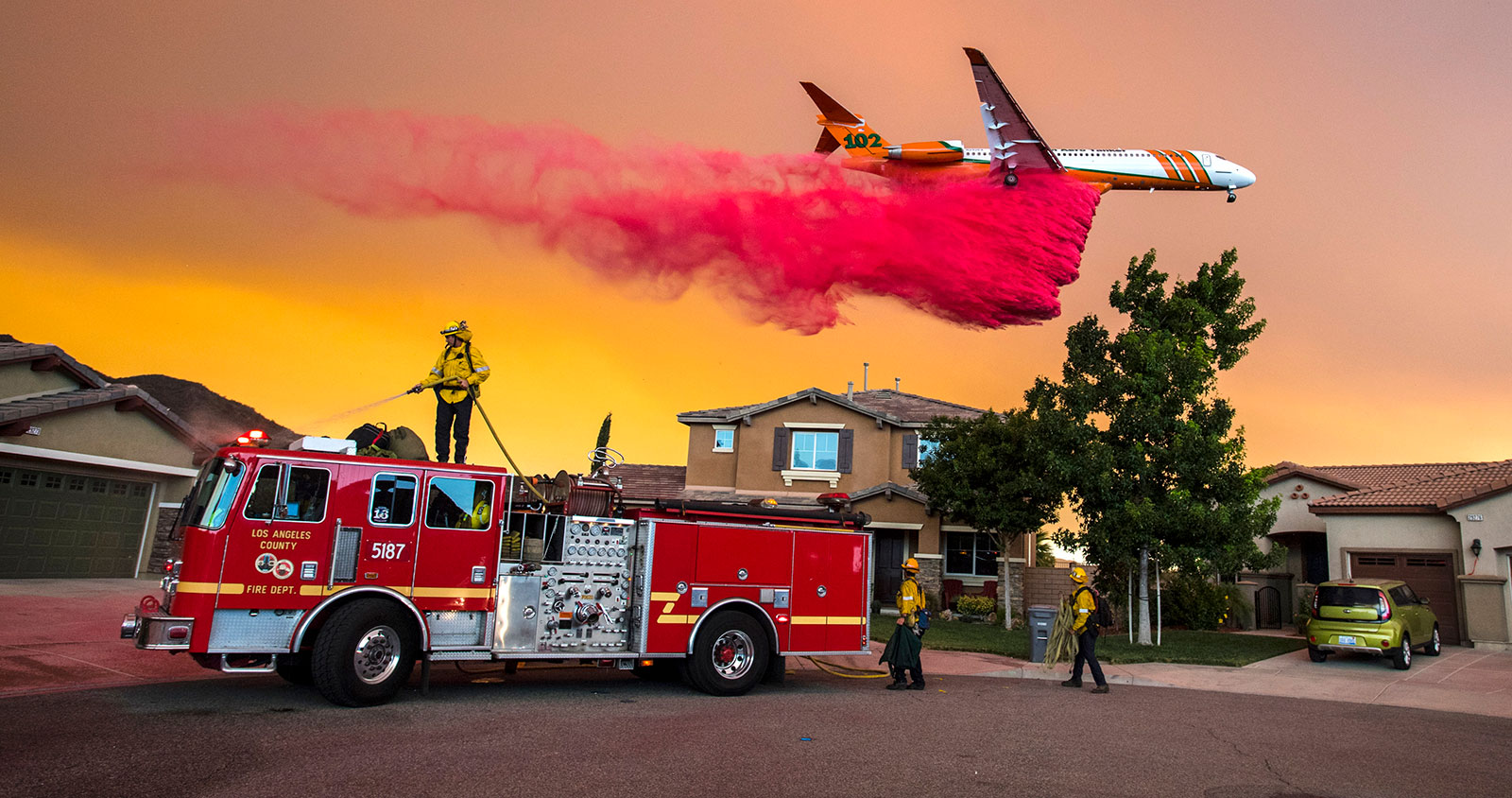


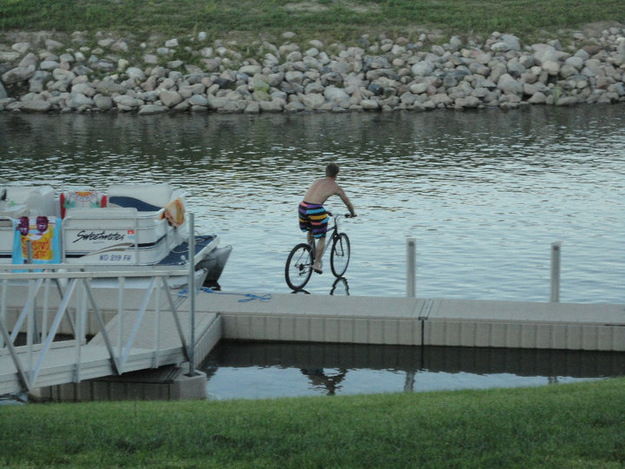
_(720p).jpg)
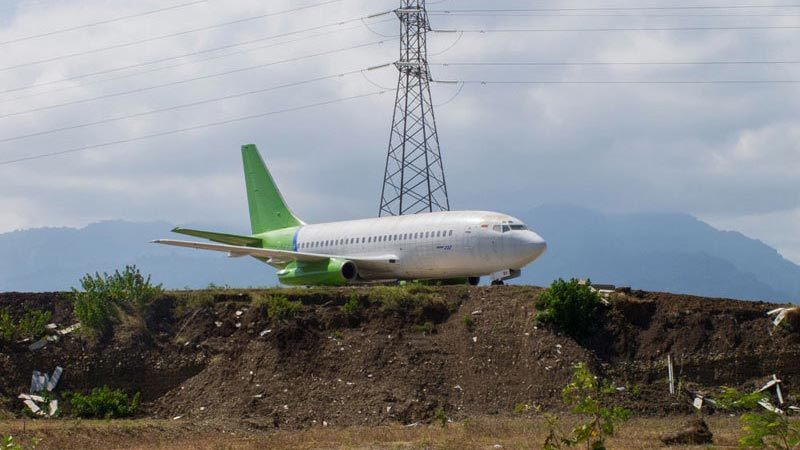
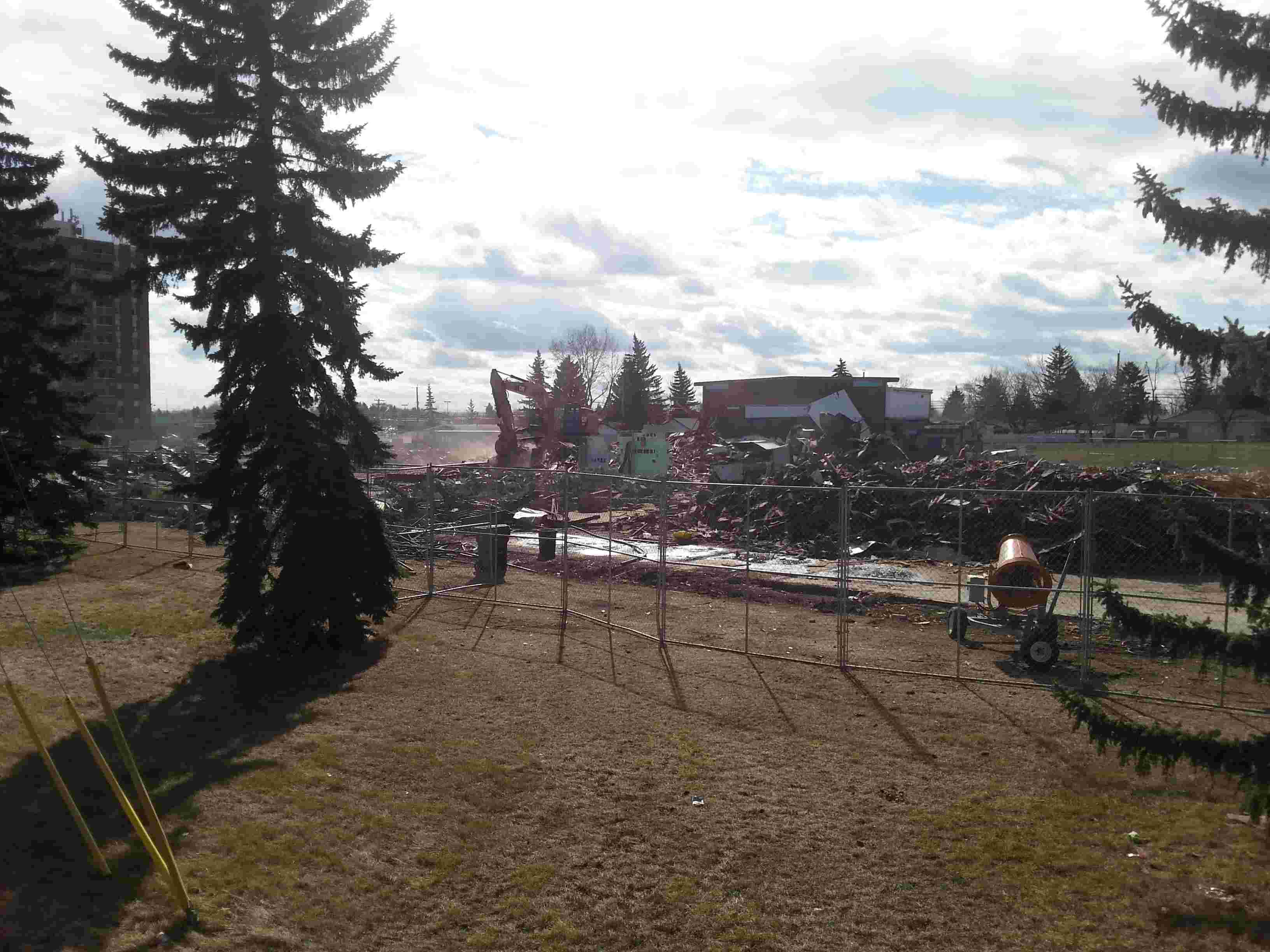
 OFFICIAL HD MUSIC VIDEO.jpg)
.jpg)





